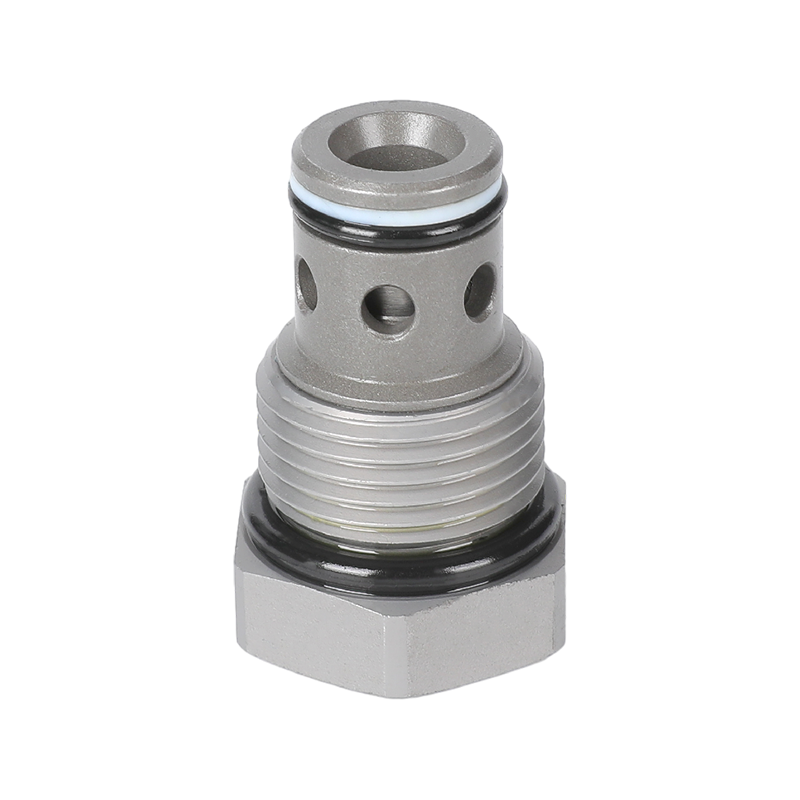SOLENOID VALVE is an indispensable component in fluid control systems. It can be divided into many types according to different structures and functions. Each type of solenoid valve is different in application field, working principle and performance characteristics.
1. Two-way solenoid valve
Structure and principle: The two-way solenoid valve (2/2 solenoid valve) has two ports, one inlet and one outlet. Its working principle is simple and clear. When the current passes through the electromagnetic coil, the magnetic field generated directly acts on the valve disc to open or close it. In the non-powered state, the valve disc is closed and the fluid cannot pass; when the current is passed, the valve disc opens and the fluid flows.
Application scenario: Two-way solenoid valves are widely used in various simple fluid control occasions, such as water treatment, gas transportation and small mechanical equipment. They are usually used to control the switch of fluids such as water and gas.
2. Three-way solenoid valve
Structure and principle: The three-way solenoid valve (3/2 solenoid valve) has an inlet and two outlets, which can realize the diversion or confluence of fluids. Its working principle is relatively complex. According to the on and off of the current, the valve can switch between different fluid paths.
Application scenario: Three-way solenoid valves are often used in pneumatic systems and fluid mixing equipment, and can effectively control the opening and closing of multiple fluid lines. For example, in a pneumatic cylinder, a three-way solenoid valve can control the in and out of gas to ensure the normal movement of the cylinder.
3. Four-way solenoid valve
Structure and principle: The four-way solenoid valve (4/2 solenoid valve) has two liquid inlets and two liquid outlets, and is usually used for more complex fluid control. It can control the flow direction of multiple fluids at the same time, providing more flexible operation.
Application scenario: The four-way solenoid valve is often used for the control of double-acting cylinders. It can realize multiple functions in one valve and is suitable for automated production lines, robot control and other fields.
4. Direct-acting solenoid valve
Structure and principle: The direct-acting solenoid valve directly controls the opening and closing of the valve disc through electromagnetic force. When the current is passed into the coil, the magnetic field generated attracts the valve disc to complete the on-off control of the fluid.
Application scenario: The direct-acting solenoid valve is suitable for low-pressure, small-caliber fluid control, such as water dispensers, household appliances, etc. It is popular because of its fast response speed and easy operation.
5. Pilot solenoid valve
Structure and principle: The working principle of the pilot solenoid valve is divided into two stages: first, the electromagnetic coil is energized to attract the pilot valve disc to open and form a pressure difference; second, the pressure difference pushes the main valve disc to open and realize fluid flow.
Application scenario: The pilot solenoid valve can withstand high pressure and large flow, and is widely used in industrial fields such as petroleum, chemical industry and water treatment and other high-demand fluid control occasions.
6. High-frequency solenoid valve
Structure and principle: High-frequency solenoid valves are designed for frequent switching operations, and their structure is optimized to achieve fast response. The on and off of the current can switch the valve state in a very short time.
Application scenario: High-frequency solenoid valves are often used in automation equipment, inkjet printers, pneumatic tools and other applications that require fast switching.

 English
English русский
русский
 ++86-0575-87669088
++86-0575-87669088


